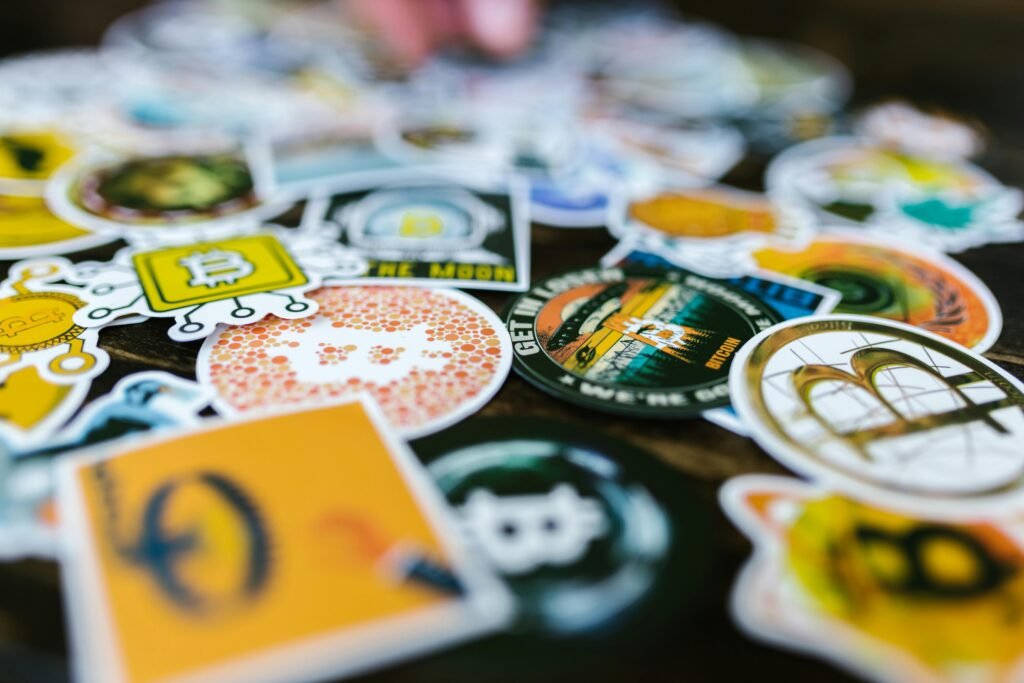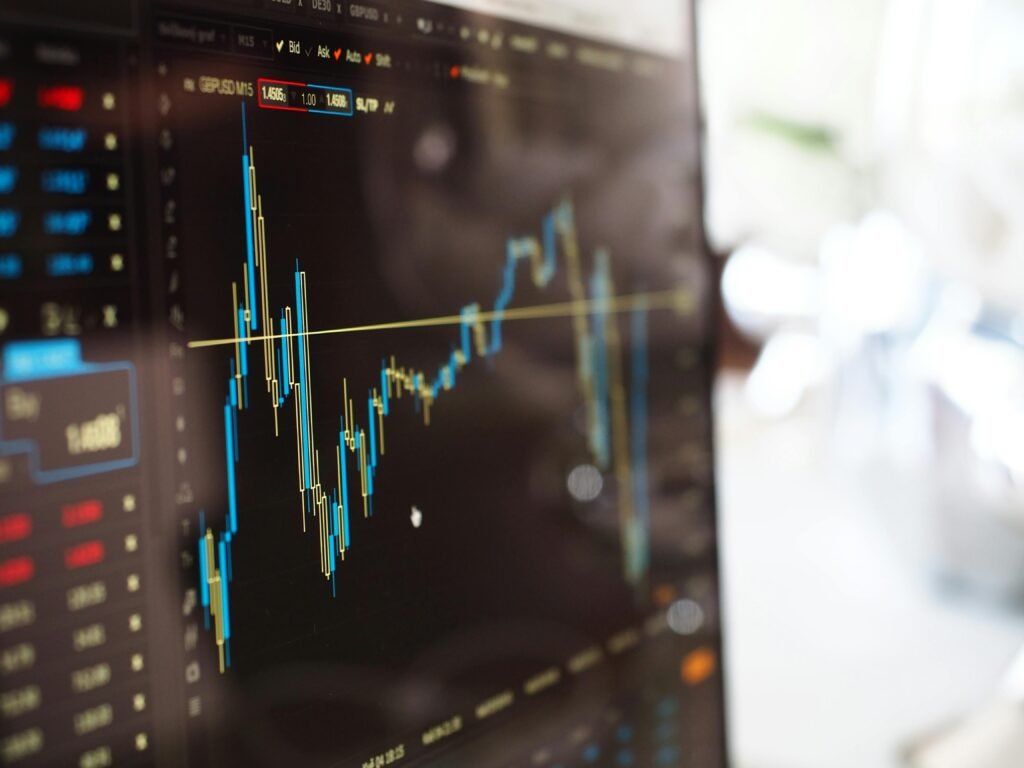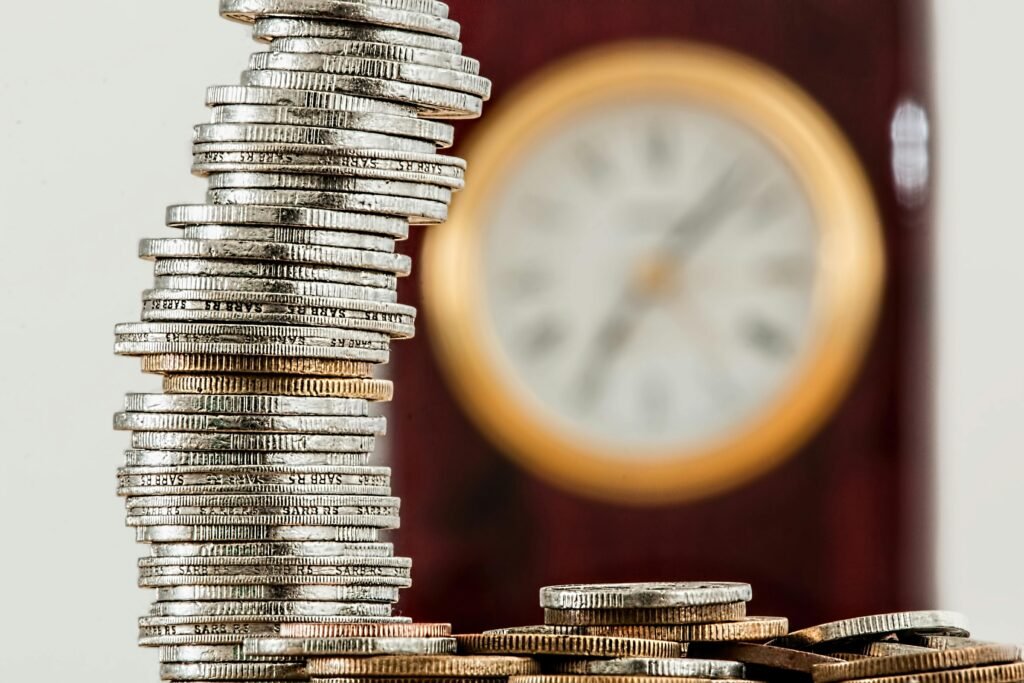Table of Contents

Introduction to the Forex Market
The forex market, also known as the foreign exchange market, is the world’s largest financial market where currencies are bought, sold, and exchanged. Unlike stock markets with centralized exchanges, the forex market operates 24 hours a day, five days a week, across major global financial centers like New York, London, Tokyo, and Sydney. This continuous operation makes the forex market incredibly accessible, allowing traders from all over the world to engage in trading. Understanding how the forex market works is key to recognizing its importance in today’s global economy.
How the Forex Market Works
At its core, the forex market functions as a decentralized network where currencies are traded in pairs, meaning one currency is bought while another is sold. Traders profit by speculating on the changes in currency pair values, such as the EUR/USD or USD/JPY. Factors such as economic data, interest rates, and geopolitical events influence currency values, making the forex market dynamic and often unpredictable. Since forex operates through various banks and financial institutions rather than a central exchange, it provides a high level of liquidity, making it easy for traders to buy and sell currencies instantly.

Key Players in the Forex Market
The forex market consists of diverse participants, each with its own trading motives. Major players include central banks, governments, commercial banks, investment firms, multinational corporations, and retail traders. Central banks, for example, influence the forex market by setting interest rates and monetary policies. Large corporations participate in forex for hedging purposes to manage currency risk associated with global trade. Retail traders, although smaller in scale, have access to the forex market through online brokers, making it a truly accessible marketplace for individual investors.
Understanding Currency Pairs and Quotes
In the forex market, currencies are traded in pairs, such as USD/EUR or GBP/JPY. The first currency in the pair is the base currency, and the second is the quote currency. The quoted price represents how much of the quote currency is needed to buy one unit of the base currency. For instance, if the EUR/USD pair is quoted at 1.10, it means one euro is worth 1.10 U.S. dollars. Understanding how these pairs work is fundamental for anyone interested in the forex market, as traders base their strategies on the movements of these pairs.
The Role of Leverage in Forex Trading
Leverage allows traders in the forex market to control large positions with a small amount of capital. For example, a leverage ratio of 50:1 means that a trader can control $50 for every $1 of their own. While leverage can amplify gains, it also increases potential losses, making risk management crucial. Leverage attracts many to the forex market, as it enables the potential for significant returns on a small investment. However, it’s essential to understand and manage the associated risks to avoid substantial financial loss.
Why the Forex Market Operates 24/5
The forex market operates continuously from Monday to Friday due to overlapping trading sessions across different time zones. When the market closes in one financial center, it opens in another, creating a cycle that allows traders to buy and sell currencies almost any time they choose. For example, when trading closes in New York, it begins in Tokyo, ensuring round-the-clock market activity. This unique feature of the forex market provides flexibility for traders worldwide, enabling them to participate regardless of their location.

Factors that Influence Currency Prices
Several factors drive currency prices in the forex market. Key influences include interest rates, economic indicators (like GDP and employment rates), and political stability. For instance, when a country’s central bank raises interest rates, its currency often strengthens due to increased foreign investment. Conversely, political instability or weak economic data can lead to a currency’s depreciation. Understanding these factors is essential for successful forex trading, as it helps traders make informed decisions based on real-world events.
Types of Forex Trading Strategies
Traders in the forex market use various strategies, each tailored to different trading styles and goals. Common approaches include day trading (quick trades throughout the day), swing trading (holding positions for a few days to capture medium-term trends), and scalping (profiting from small price movements within minutes). Long-term strategies involve holding positions over weeks or months, typically based on fundamental analysis. Selecting the right strategy depends on a trader’s goals, risk tolerance, and market analysis skills.
Why Forex Matters in the Global Economy
The forex market is crucial in the global economy as it facilitates international trade and investment. For businesses that operate across borders, exchanging currencies is essential for buying raw materials, paying employees, or selling products in different countries. Additionally, the forex market helps stabilize economies by allowing central banks to adjust interest rates or control currency supplies. By maintaining exchange rates, the forex market ensures that global trade can happen smoothly, impacting both corporations and consumers.

Risks and Rewards of Forex Trading
The forex market offers opportunities for profit, but it comes with risks. High liquidity and leverage provide a chance for substantial returns, but they also mean that losses can occur just as quickly. Currency prices can change suddenly due to unforeseen events, affecting trading outcomes. Practicing sound risk management techniques, such as using stop-loss orders and setting realistic profit targets, helps traders manage the volatility in the forex market and protect their investments.
Getting Started with Forex Trading: Tips for Beginners
For newcomers to the forex market, getting started requires a basic understanding of currency trading, a reliable broker, and practice. Opening a demo account is an excellent first step, allowing beginners to practice without risking real money. Additionally, understanding market trends, studying economic indicators, and applying risk management tools are essential for success. Beginners should start small and gradually increase their exposure as they gain confidence and experience.

Conclusion: Is the Forex Market Right for You?
The forex market offers vast opportunities, but it’s essential to evaluate whether it’s a good fit for your financial goals and risk tolerance. With continuous market activity, high liquidity, and the potential for profit, forex trading appeals to many. However, understanding the risks and committing to ongoing learning is crucial for sustained success in this fast-paced market.

Risk Disclaimer:
Trading in the forex market involves a high level of risk and may not be suitable for all investors. The leverage associated with forex trading can lead to significant gains, but it also increases the potential for substantial losses. It is essential to thoroughly understand the risks involved before engaging in forex trading. Past performance is not indicative of future results, and no information provided in this article should be interpreted as investment advice. You should carefully consider your financial objectives, level of experience, and risk appetite, and seek advice from an independent financial advisor if necessary. Forex trading involves the risk of losing more than your initial investment, and you should only trade with capital that you can afford to lose.
What is the forex market, and why is it important?
The forex market, also known as the foreign exchange market, is a global marketplace for trading national currencies. It’s the world’s largest and most liquid market, with trillions of dollars exchanged daily. The forex market is important because it facilitates global trade and investment, allowing businesses and individuals to convert one currency to another and enabling international commerce. Without the forex market, international economic activity would be much slower and less efficient.
2. How does currency trading work in the forex market?
In the forex market, currencies are traded in pairs, meaning one currency is exchanged for another. Each pair has a base currency (the first currency) and a quote currency (the second currency). Traders make money by speculating on the change in value of one currency against another. For example, in the EUR/USD pair, if a trader believes the euro will strengthen against the U.S. dollar, they might buy euros with dollars, aiming to sell them later at a higher rate.
3. What factors influence currency prices in the forex market?
Currency prices in the forex market are influenced by various factors, including interest rates, economic indicators (like inflation and unemployment rates), geopolitical events, and overall market sentiment. For instance, a country’s currency might appreciate if its central bank raises interest rates, as higher returns attract foreign investors. Political stability, trade balances, and global market trends also play crucial roles in determining currency value.
4. What are the main risks associated with forex trading?
Forex trading carries several risks, including high volatility, leverage risk, and market unpredictability. Volatility means currency prices can change quickly, potentially resulting in large losses. Leverage, while it can amplify gains, can also amplify losses, which can be significant. Additionally, unforeseen geopolitical events or economic changes can impact prices, making forex trading a high-risk investment. Proper risk management strategies, such as setting stop-loss orders and trading with discipline, are essential for minimizing risks.
5. How can beginners get started with forex trading?
Beginners should start by learning the basics of the forex market, such as how currency pairs work and what factors affect exchange rates. Opening a demo trading account with a reputable broker can provide practical experience without risking real money. It’s also wise to study forex trading strategies, understand risk management techniques, and start with small amounts of capital. Education, practice, and a cautious approach are key to success in forex trading.
